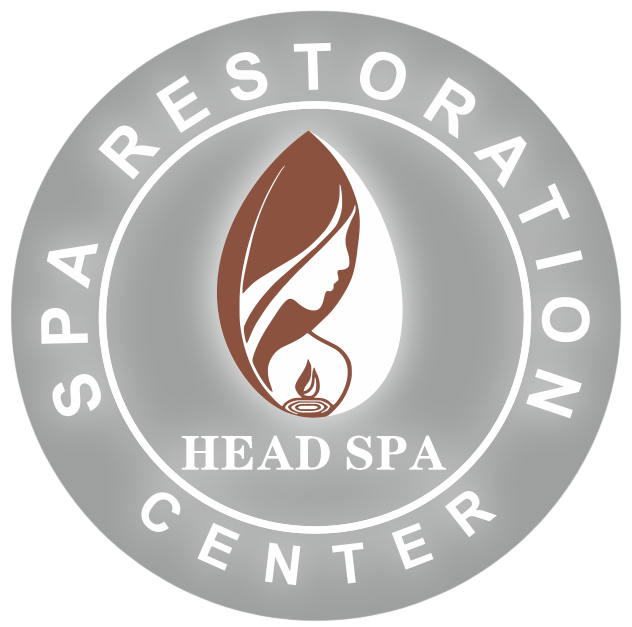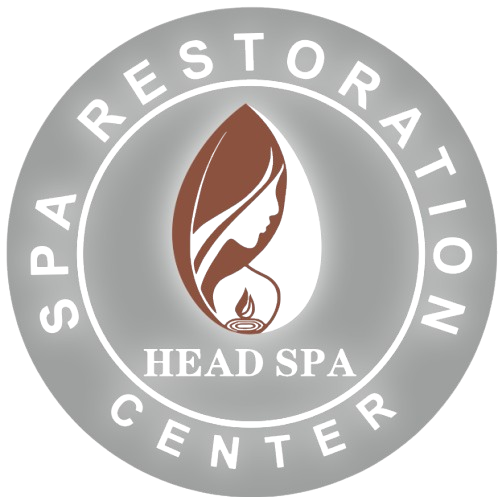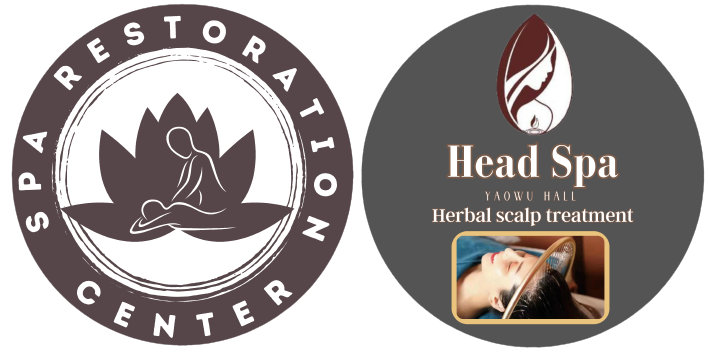
The Effects Of Lymphatic Massage
Lymphatic drainage massage is a gentle technique aimed at promoting the flow of lymph fluid throughout the body, aiding in the drainage of lymph nodes. By encouraging this movement, it helps alleviate symptoms associated with conditions like lymphedema.
The lymphatic system plays a crucial role in eliminating waste and toxins from tissues, but certain health issues can lead to a buildup of lymph fluid. Therefore, lymphatic drainage massages can be particularly beneficial for individuals dealing with lymphedema, fibromyalgia, and similar conditions.
From this article, you will get to know about the details of lymphatic massage such as the effect of lymphatic massage, how it works, who should take this lymphatic massage and many more. So let’s get started!
What Is Lymphatic System In A Human Body
The lymphatic system is an integral component of the human body’s immune system, responsible for safeguarding against infections and maintaining overall health. Comprising a complex network of lymphatic vessels, lymph nodes, and specialized organs like the spleen and thymus, this system functions by circulating lymphatic fluid, or lymph, throughout the body.
Lymph, a clear fluid containing white blood cells, serves several critical roles, including transporting nutrients, removing waste products, and facilitating the body’s defense against pathogens. Lymphatic vessels collect excess fluid and cellular waste from tissues, filtering them through lymph nodes where harmful substances are trapped and destroyed by immune cells.
Additionally, the lymphatic system aids in the absorption of fats and fat-soluble vitamins from the digestive system, contributing to overall nutrition. Thus, the lymphatic system acts as a crucial line of defense, promoting immune function, fluid balance, and nutrient absorption to support optimal health and well-being.

What Is Lymphatic Massage And How Does It Work?
Lymphatic drainage massage, also referred to as manual lymphatic drainage, is a gentle massage technique employed to alleviate painful swelling in the arms and legs caused by a condition called lymphedema. This swelling often occurs in individuals recovering from surgery for breast cancer. Lymphedema arises when excess fluid, known as lymph, accumulates in tissues due to disruptions in the normal functioning of the lymphatic system. Ordinarily, this system collects lymph from tissues and transports it back to the heart through a network of vessels and nodes.
However, when this process is disturbed, lymph builds up in the limbs, leading to swelling. During a lymphatic drainage massage, a skilled therapist utilizes specific techniques to encourage the movement of lymph from the affected tissues to the lymph nodes, thereby reducing swelling and discomfort.
The Effectiveness Of Lymphatic Massage
Lymphatic massage, also known as manual lymphatic drainage, is a specialized form of medical massage aimed at treating lymphedema, a condition where fluid accumulates in specific body areas due to ineffective drainage. The primary goal of lymphatic massage is to enhance the flow of lymph fluid, thereby reducing swelling.
By massaging areas unaffected by swelling, it creates room for fluid to move from congested regions. There are two types of lymphatic drainage: manual, performed by a trained therapist, and simple, which individuals can perform at home after proper instruction.
Who Can Benefit?
Lymphatic massage can benefit individuals experiencing lymphatic fluid buildup due to various reasons such as cancer treatments involving lymph node removal, filariasis, certain surgeries like vein stripping, burn scar excision, infections or trauma in the lymphatic system, and conditions affecting blood flow to the extremities.
It’s notable that around 1 in 5 females develop lymphatic buildup after breast cancer treatment. Additionally, recent studies suggest that manual lymph drainage may enhance the quality of life for individuals with fibromyalgia.
However, it’s crucial to note that lymphatic massage may not be suitable or safe for everyone, particularly those with conditions like cellulitis or heart issues. Consulting a doctor before undergoing lymphatic massage is advisable.
How Does Toxin Drain After Lymphatic Massage?
After a lymphatic massage, toxins are thought to drain through the lymphatic system more efficiently. The massage stimulates the movement of lymph fluid, which carries waste products and toxins away from the tissues and towards lymph nodes, where they can be filtered and eliminated from the body.
When applying gentle pressure and specific techniques during the massage, lymphatic drainage is enhanced, allowing for improved detoxification.
Additionally, the massage helps to open up lymphatic vessels and nodes, facilitating the removal of toxins from the body. Overall, lymphatic massage aids in promoting the natural detoxification process by encouraging the efficient flow of lymph fluid and enhancing the body’s ability to rid itself of waste products and toxins.

How Often Should You Get A Lymphatic Massage?
Determining how often to get a lymphatic massage depends on your specific needs and goals. Let’s break down the reasons why you might seek this type of massage and discuss the recommended frequency for each:
Relaxation
Lymphatic massage is incredibly relaxing, as it activates the parasympathetic nervous system, responsible for our “rest and digest” functions. The frequency for relaxation massages can vary from once a week to once a month, depending on personal preference and budget.
Edema Reduction
If you’re dealing with swelling, the frequency of massages will depend on the underlying cause. For issues like lymphedema or post-surgery swelling, more frequent sessions may be necessary initially, tapering off as symptoms improve. This could range from multiple sessions per week to once a month.
Detoxification
Lymphatic massage can accelerate the body’s detoxification process. Whether you’re jumpstarting a healthy lifestyle or recovering from exposure to toxins, weekly to monthly sessions can be beneficial.
Immune System Boost
By stimulating lymphatic circulation, these massages help enhance immune function. During times of increased risk, like cold and flu season, monthly or quarterly massages may be recommended.
General Health and Wellness
Regular lymphatic massages can aid in reducing stagnant fluid and cellular waste in the body, promoting overall health. Monthly sessions are often recommended for maintaining optimal health.Ultimately, there’s no one-size-fits-all answer. It depends on your individual needs and goals. The good news is, you can’t overdo it unless you have specific health limitations. Consulting with a qualified therapist can help determine the best frequency for you.
Who Should Avoid Lymphatic Massage
Lymphatic massage is generally safe for most people, but there are certain individuals who should avoid or proceed with caution when considering this therapy. Here are some groups who should approach lymphatic massage with care or avoid it altogether:
Acute infections
If you have an active infection like cellulitis, hold off on lymphatic massage until the infection clears to prevent spreading it.
Congestive heart failure
Individuals with heart issues should be cautious with lymphatic massage as it could strain the heart due to compromised circulation.
Blood clots
Those with a history of blood clots should avoid lymphatic massage as it may dislodge clots and lead to severe complications.
Untreated cancer
Massaging areas with active cancerous tumors should be avoided to prevent potential spread of cancer cells.
Kidney or liver disease
People with advanced kidney or liver disease should be cautious as lymphatic massage could disrupt fluid regulation and metabolism.
Pregnant women
While lymphatic massage is generally safe during pregnancy, it’s best to consult a healthcare provider, especially for massages involving abdominal and pelvic areas.
Skin infections or open wounds
Individuals with skin issues should avoid lymphatic massage until the skin heals to prevent further complications.
Overall, it’s crucial for those with underlying health concerns to consult a healthcare provider before opting for lymphatic massage to ensure it’s safe and suitable for their specific condition.
Conclusion
lymphatic massage offers a range of benefits, from promoting relaxation to aiding in detoxification and reducing swelling. However, it’s essential to consider individual health conditions and consult with a healthcare provider to ensure safety and suitability.
With proper guidance, lymphatic massage can be a valuable addition to a wellness routine for many individuals.


